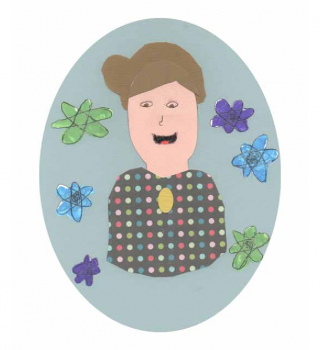Lise Meitner
Meitnerium, Element 109
When physicist Lise Meitner was born, she had the cards stacked against her: 1878 in Austria, to a Jewish family and also a woman. So begins the story of how she overcame these hurdles.
She was the second woman to graduate from the University of Vienna. She moved to Berlin to continue taking classes and worked for the chemist Otto Hahn, although she was not paid anything until she was 35 years old. With the rise of Hitler, she fled Germany and continued her research in Sweden with her nephew. Together they discovered that the nuclei of atoms can be split into smaller parts. Lise could never have suspected that her observation would later be used to make something very harmful: the atom bomb.
She must have been a great woman professionally (Einstein called her the “German Marie Curie”) and personally. Before she died, she expressed her desire to be buried in Bramley (UK) with her brother. On her tombstone is written: “Lise Meitner: a physicist who never lost her humanity”
Lise is another example of a woman who deserved a Nobel Prize, but whose merit was assigned to another person (it was awarded to Otto Hahn). The only reminder of her research is on the periodic table: the chemical element No. 109 was named Meitnerium in her honour.



